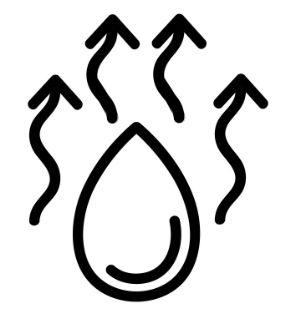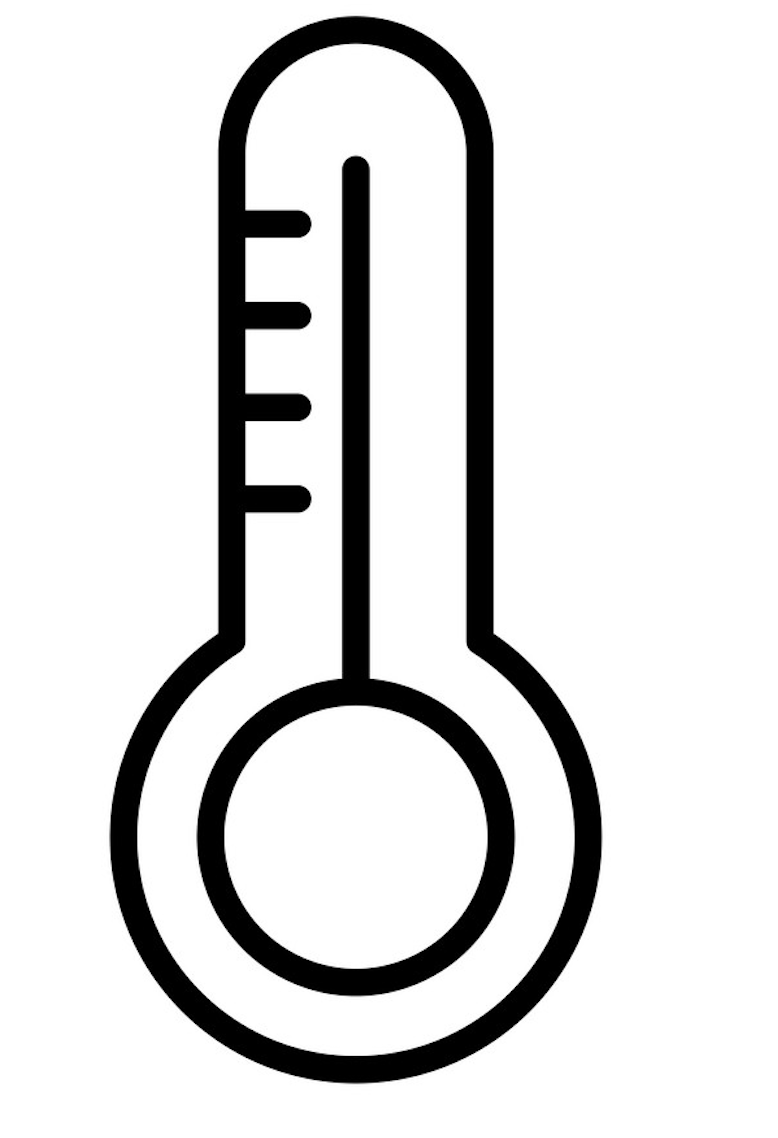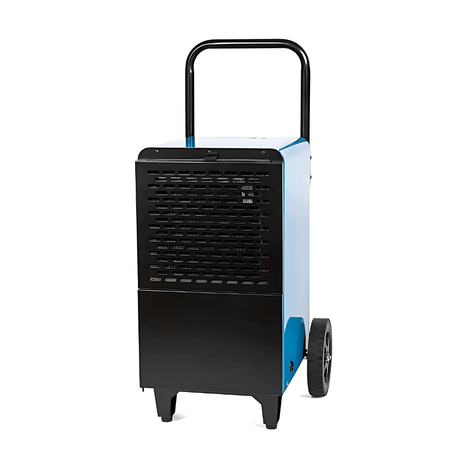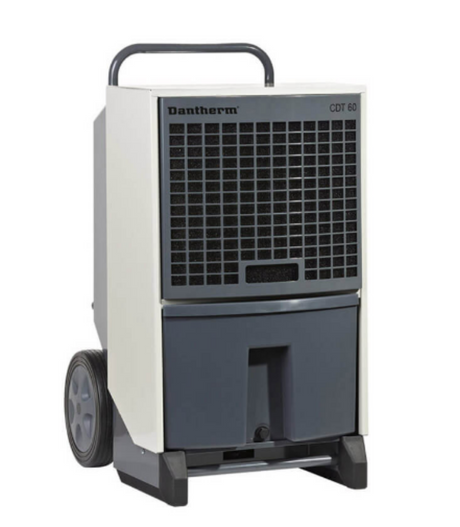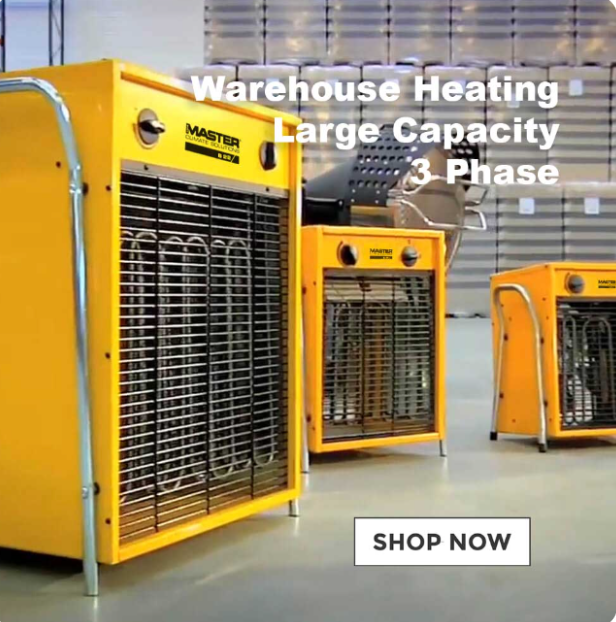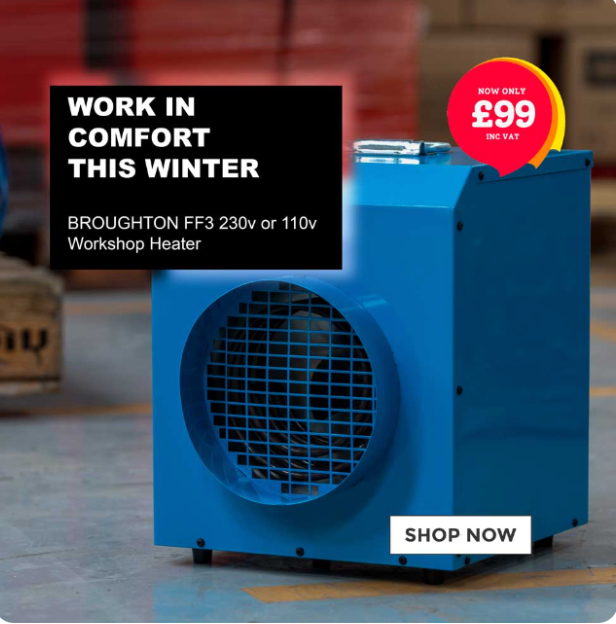Power output in commercial dehumidifiers directly affects their moisture extraction capability; higher output enables faster and more efficient dehumidification in large or highly humid areas.
A dehumidifier with a high power rating can process more air per hour, removing greater amounts of water, which speeds up drying in spaces like warehouses or industrial sites.
Lower power output dehumidifiers may still be effective in smaller spaces but will take longer to achieve the same humidity reduction, which can impact operational efficiency.
By matching the power output to the specific needs of a space, users can achieve optimal humidity control while managing energy costs effectively.

